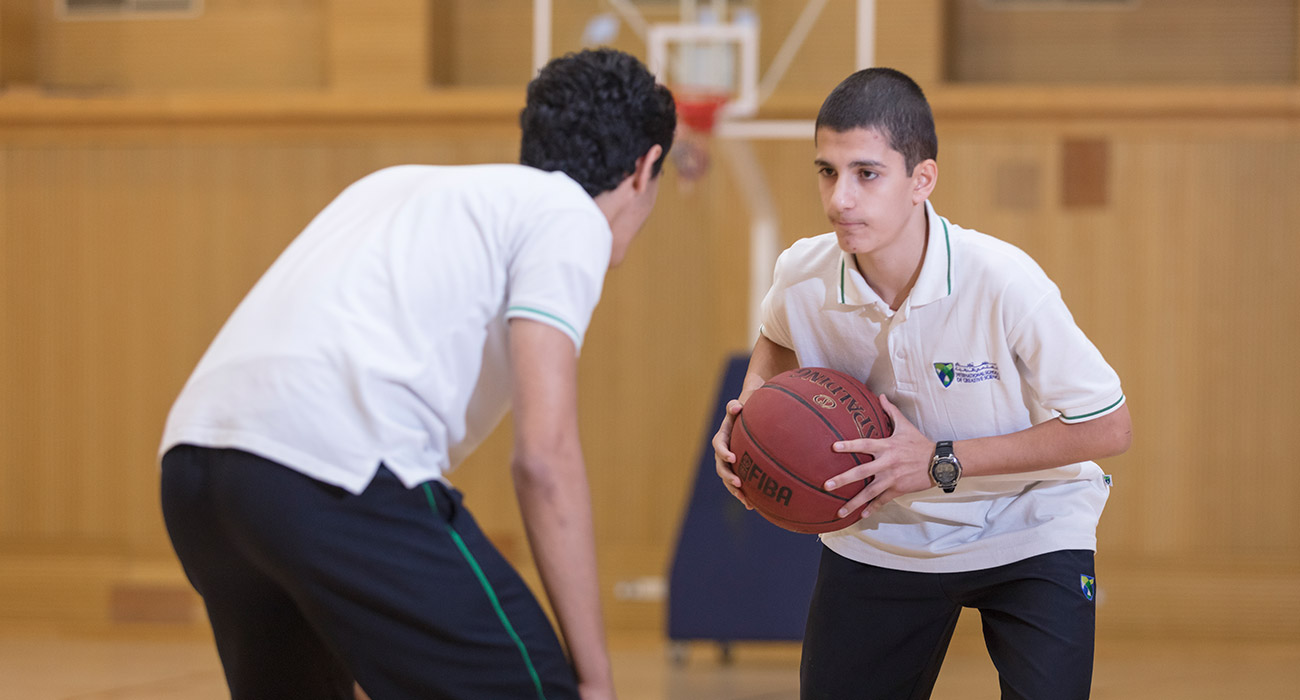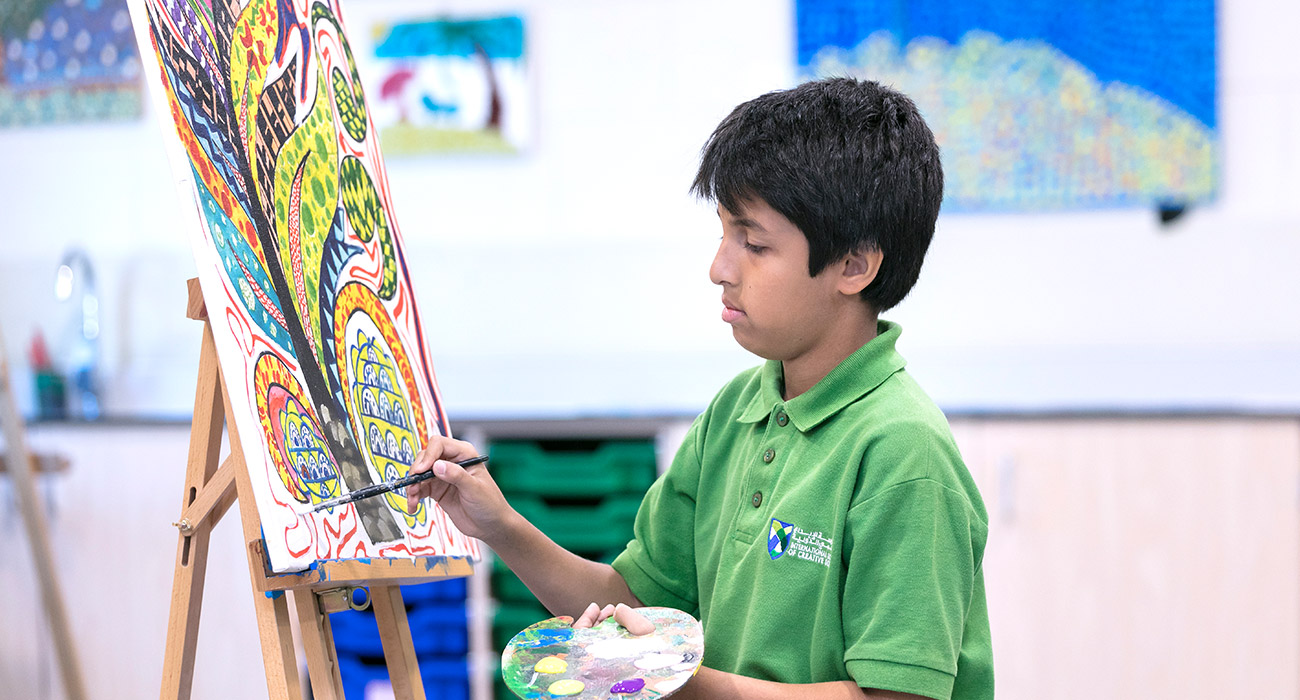
The Advantages and Disadvantages of Taking a Gap Year

For many parents, the phrase “gap year” may conjure up images of teenagers going on expensive backpacking trips through Europe or even wasting a whole year lazing about in the house. For this reason, it’s important to clarify exactly what a gap year can do for your child and the many forms it can take.
A gap year is a break from traditional education, but that doesn’t mean a person stops learning. Whether the time is used for volunteer work, to travel abroad, to learn new skills or a trade, or to pursue employment, a properly planned gap year can be greatly beneficial to a graduate of any UAE secondary school.
The practice may seem foreign to some, but many universities now encourage students to take a gap year to figure out exactly what they want to study. It is fairly common in the U.K, and UAE secondary schools have also begun to see it as an option for their graduates. Students often come to university reenergised, and frequently get better grades. Plus, your child can use this time to broaden their horizons, develop professional contacts in the real world, contribute to good causes, and learn about new cultures.
On the other hand, without careful planning, a gap year can become expensive – especially if it involves travel. Volunteer programmes and organisations that set students up with host families often cost quite a bit of money, which can be challenging. Additionally, after years of a set routine, being in charge of planning a whole year themselves may prove difficult for some students. Another issue many students face is the feeling of being left behind. Most of their friends may be leaving for university, making them feel a bit disconnected. When they finally do return to their studies, they might have trouble getting back into the flow of student life. This is especially true for students of the sciences or other STEM subjects.
At the end of the day, the decision to take a gap year must be made after carefully considering the pros and cons, as well as the temperament of the student.









